1. They’re not starter pets they’re a 10 year commitment

It all starts with excitement on Easter morning, when a fluffy bunny seems like the perfect surprise. What many families don’t realize is that rabbits live for 8 to 12 years and require care that lasts long beyond the holiday. This means daily feeding, cleaning, grooming, and medical checkups. Rabbits are not temporary companions and cannot be set aside when life gets busy. When you bring one home, you’re making a promise to care for it through every stage. Think of it as adopting a dog, not buying a seasonal toy.
2. Spay or neuter is about health and behavior
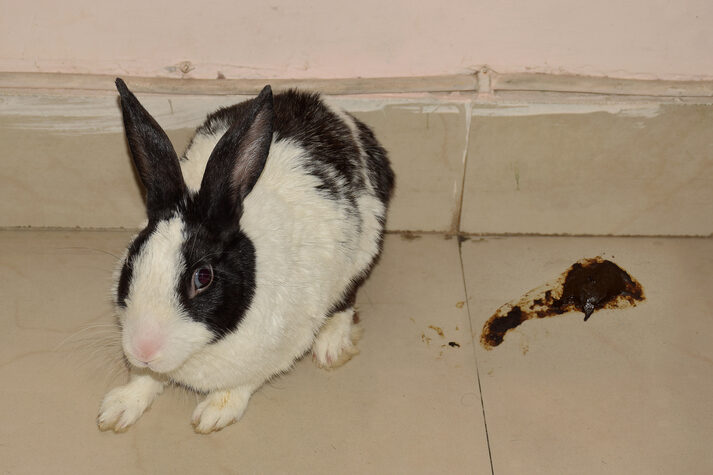
Unfixed rabbits often display behaviors that confuse new owners, from spraying urine to showing aggression or restlessness. Females also face a serious risk of uterine cancer as they age if left unspayed. Spaying or neutering prevents health problems and makes rabbits calmer and easier to litter train. It is not just about convenience but about giving them the best chance at a long healthy life. Owners must also budget properly, as rabbit surgeries require skilled exotic veterinarians. Planning ahead with this step saves both heartache and frustration later while making your rabbit a better companion overall.
3. They’re chewers with strong teeth and endless curiosity
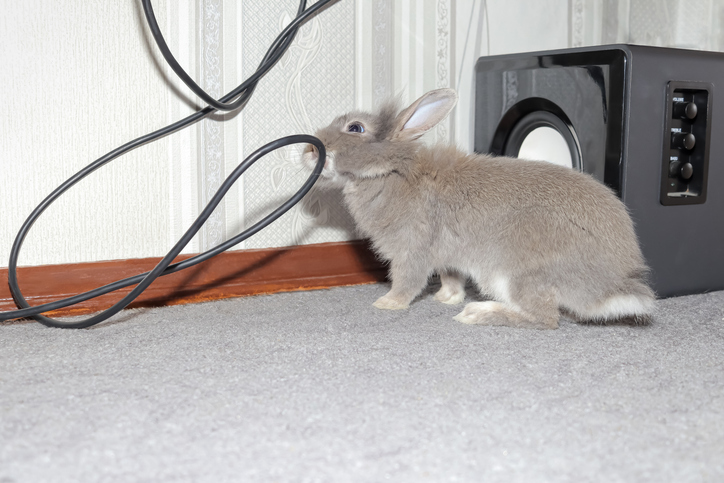
Rabbits are natural chewers, and that can surprise families used to less destructive pets. Their teeth never stop growing, so chewing is how they keep them healthy and worn down. Without safe outlets, they will nibble on cords, baseboards, books, or even your furniture. The solution is to bunny proof your home with cord protectors, chew mats, and piles of hay. Offering chew toys like untreated wood or grass mats keeps them happy and protects your belongings. Rabbits do not chew out of spite, it is their instinct. Providing choices makes life easier for both you and them.
4. Cages are not homes space and exercise matter
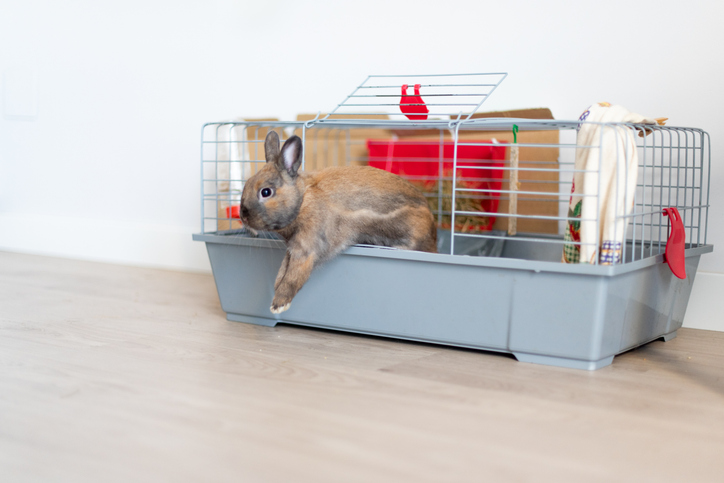
A small store bought cage is never enough for a rabbit, even though it may be marketed as suitable. Rabbits need room to hop, stretch, and explore, which means large enclosures or playpens and daily free roaming time. They thrive when given tunnels, hideouts, and boxes to play with, and this helps prevent boredom or obesity. Lack of space can cause health problems and lead to destructive behavior that owners mistake for personality flaws. Rabbits are active creatures that need movement and enrichment to stay content. The more room they have to live and play, the happier they become.
5. Hay is the main meal not just a side treat

Cartoons may show rabbits munching carrots, but in reality their diet depends almost entirely on hay. Timothy, orchard grass, or meadow hay should be available at all times because it keeps their digestion running smoothly and prevents painful dental issues. Pellets and fresh greens can be added for balance, but hay is the staple. Too many sugary treats, including fruit, can upset their stomachs. Families who dislike the idea of constant hay cleanup may struggle with rabbit ownership. Accepting hay as a daily need is essential because it is not optional for their survival or long term health.
6. They’re prey animals and need gentle handling

Unlike dogs and cats, rabbits are prey animals and this makes them very sensitive to how they are handled. Many do not like being lifted off the ground and can panic when restrained, sometimes injuring themselves or their owners in the process. Forcing cuddles often makes them fearful instead of loving. Trust is built slowly at their level, by sitting quietly on the floor, offering treats, and letting them approach on their own terms. Children can learn patience and empathy by respecting these boundaries. Rabbits thrive when handled with care and understanding instead of force or expectation.
7. Litter training works when the setup is right
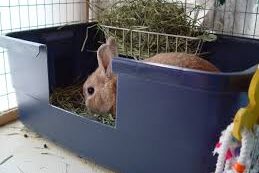
Rabbits can be surprisingly easy to litter train if their environment is set up properly. Most learn quickly when spayed or neutered and given a box filled with hay because they naturally like to eat and use the bathroom at the same time. The litter box should be large, lined with paper based litter, and placed in key areas where the rabbit spends time. Using multiple boxes for free roam spaces also prevents accidents. When accidents happen, it usually means the box is too small or poorly placed. With patience and the right setup, litter training is reliable.
8. Heat is more dangerous than cold for rabbits
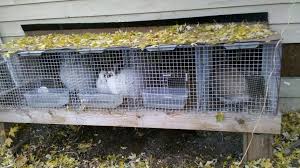
While their thick fur makes them look cozy, rabbits tolerate cold much better than heat. They have a hard time cooling down and can suffer from heatstroke quickly in warm or stuffy conditions. Summer garages, outdoor hutches, or rooms without airflow are especially dangerous. To protect them, owners can provide fans, shade, or even frozen water bottles during hot months. In very warm climates, air conditioning may be essential for their safety. Rabbits are far more fragile in high temperatures than many realize. Planning ahead keeps them comfortable and prevents life threatening situations during heatwaves or summer days.
9. Quiet behavior does not always mean they are fine
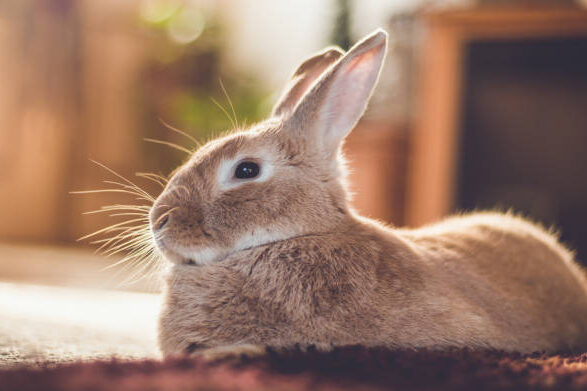
Because rabbits are prey animals, they often hide signs of pain or illness until it becomes serious. Owners may think their bunny is just quiet, but subtle changes like smaller droppings, less appetite, or sitting hunched up can be signals of sickness. Unlike cats or dogs that cry out, rabbits stay silent, which makes it easy to miss early warnings. Conditions like digestive blockages can become fatal within hours if untreated. This is why every rabbit owner should have an experienced vet lined up in advance. Paying attention to small details can truly save a rabbit’s life.
10. Bonded pairs thrive but introductions take patience

Rabbits often live happier lives with a companion, but introducing them is not something to rush. Successful bonding requires neutral space, careful supervision, and time to build trust. Spaying and neutering both rabbits beforehand helps prevent aggression and makes bonding smoother. While the process can take weeks, the reward is a pair that grooms, cuddles, and plays together every day. Watching bonded rabbits share their lives is both heartwarming and entertaining. It also relieves owners from being the rabbit’s only source of attention. With patience, bonding turns two individuals into a family and enriches their quality of life.
11. Outdoor hutches create risks from predators and weather
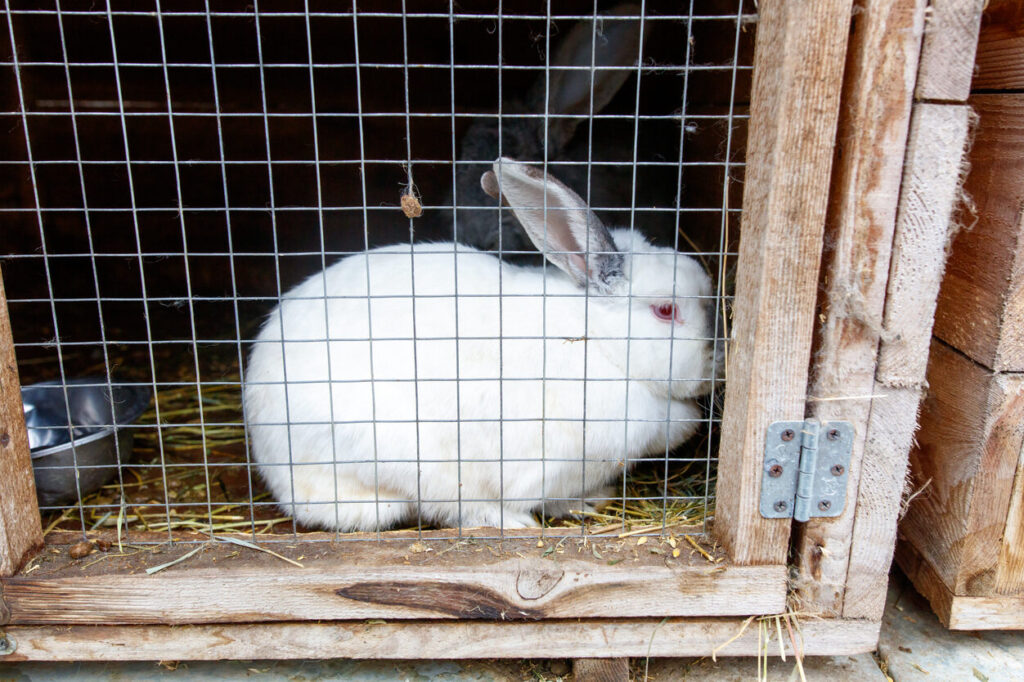
The classic backyard hutch may seem traditional, but it is often unsafe for rabbits. Predators like foxes, raccoons, or neighborhood dogs can reach through or even break into poorly built enclosures. Mosquitoes and fleas can spread diseases, and sudden weather changes bring extreme heat or cold that rabbits cannot manage alone. While some families attempt outdoor setups, the safest option is indoor living where rabbits can be part of daily life. If outdoor time is offered, it should always be in a secure predator proof space with human supervision. Indoor homes protect rabbits from dangers they cannot escape themselves.
12. Rescues fill up after Easter so adopt thoughtfully
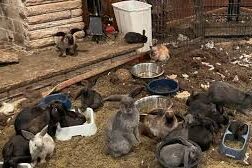
Every spring, rabbit rescues and shelters see a sharp rise in abandoned pets once the Easter excitement fades. Many families realize too late that rabbits require long term care and commitment. By choosing adoption instead of impulse buying, you can give a rabbit already in need a chance at a better life. Adopted rabbits often come spayed, neutered, and litter trained, making the transition easier. More importantly, adoption shows children and families the value of compassion. Turning away from a seasonal purchase in favor of adoption changes a passing holiday whim into a lifelong act of kindness.
This story The Easter Bunny Hangover: 12 Things That Happen When Cute Rabbits Meet Real Life was first published on Daily FETCH


